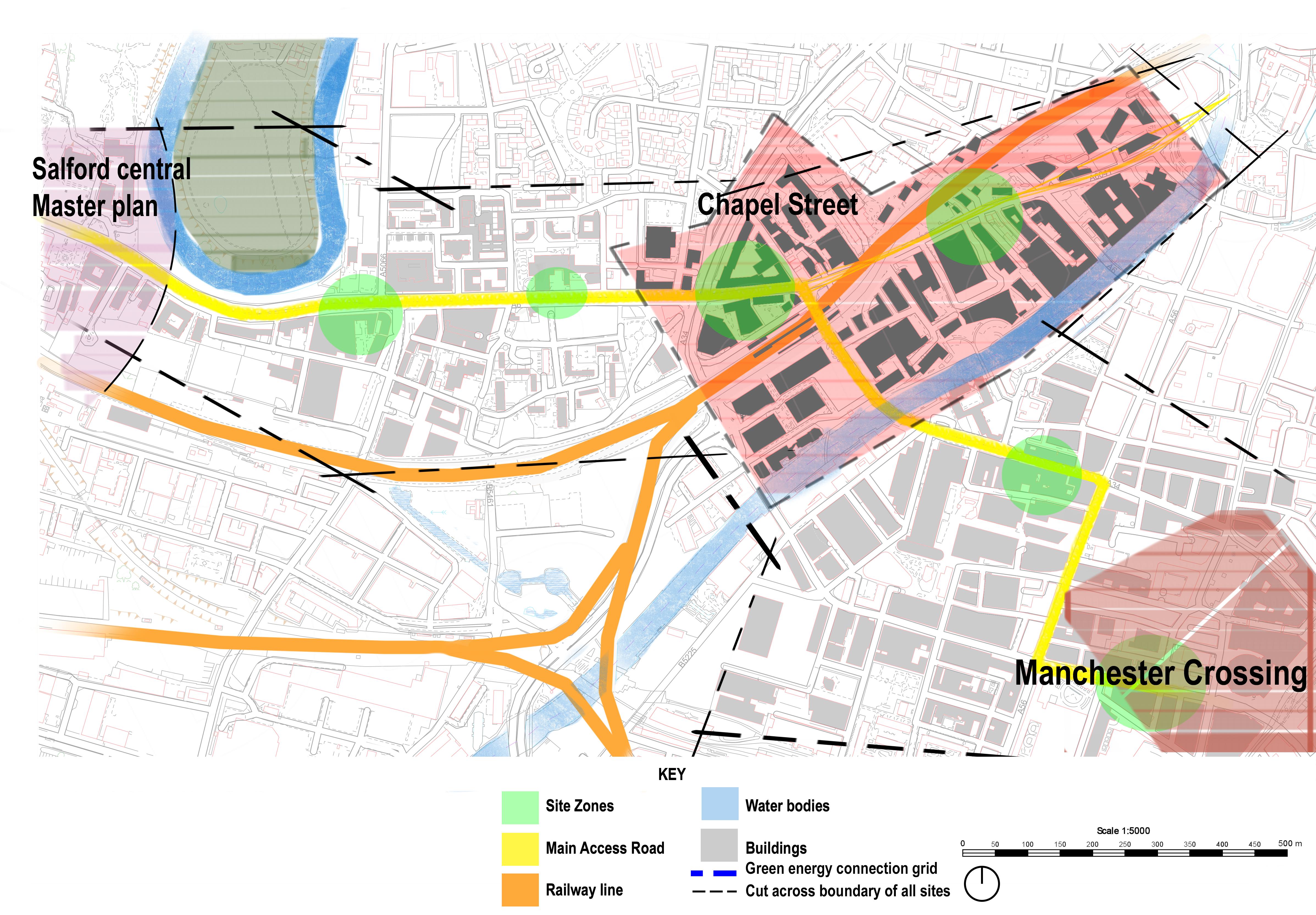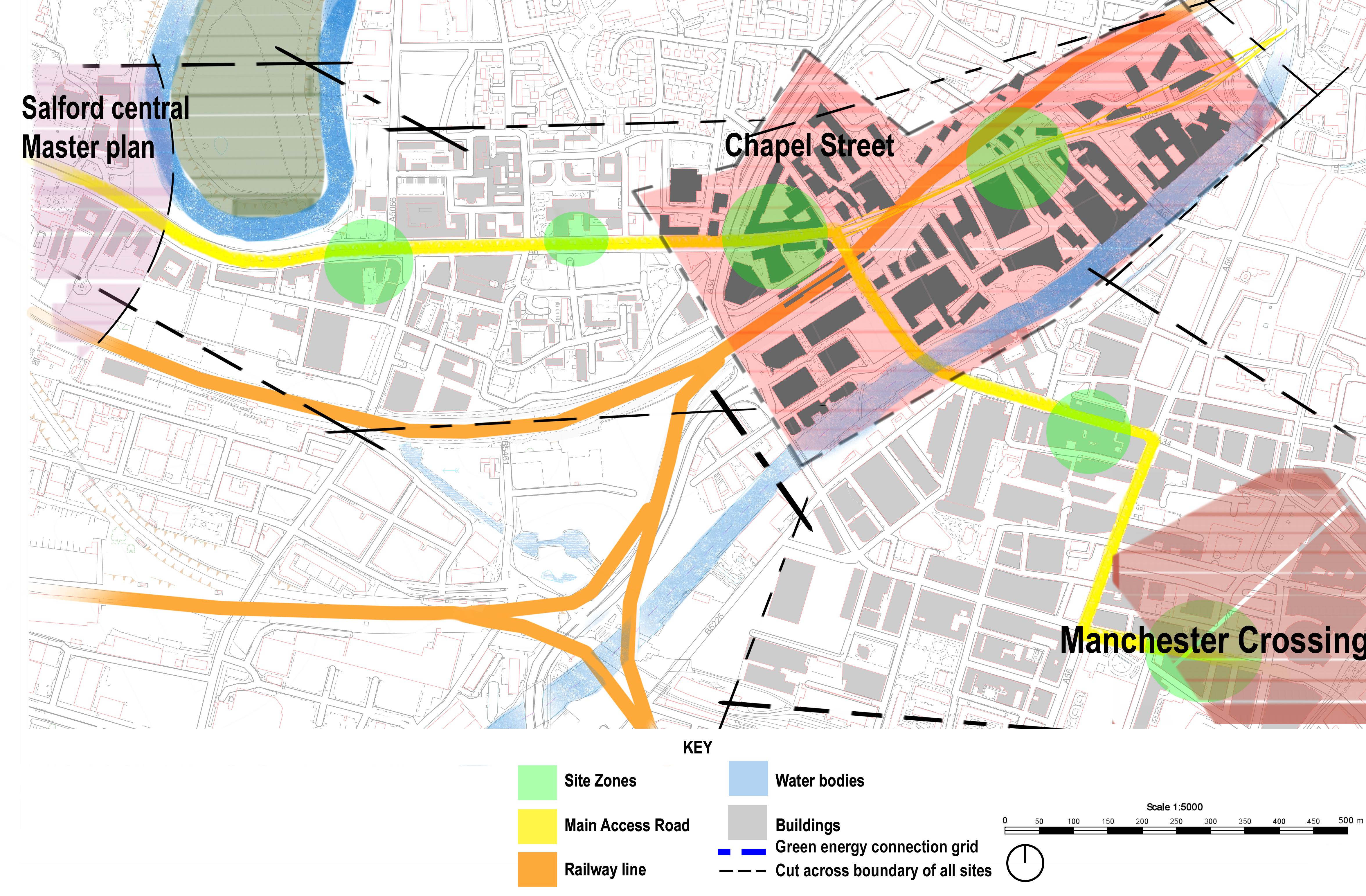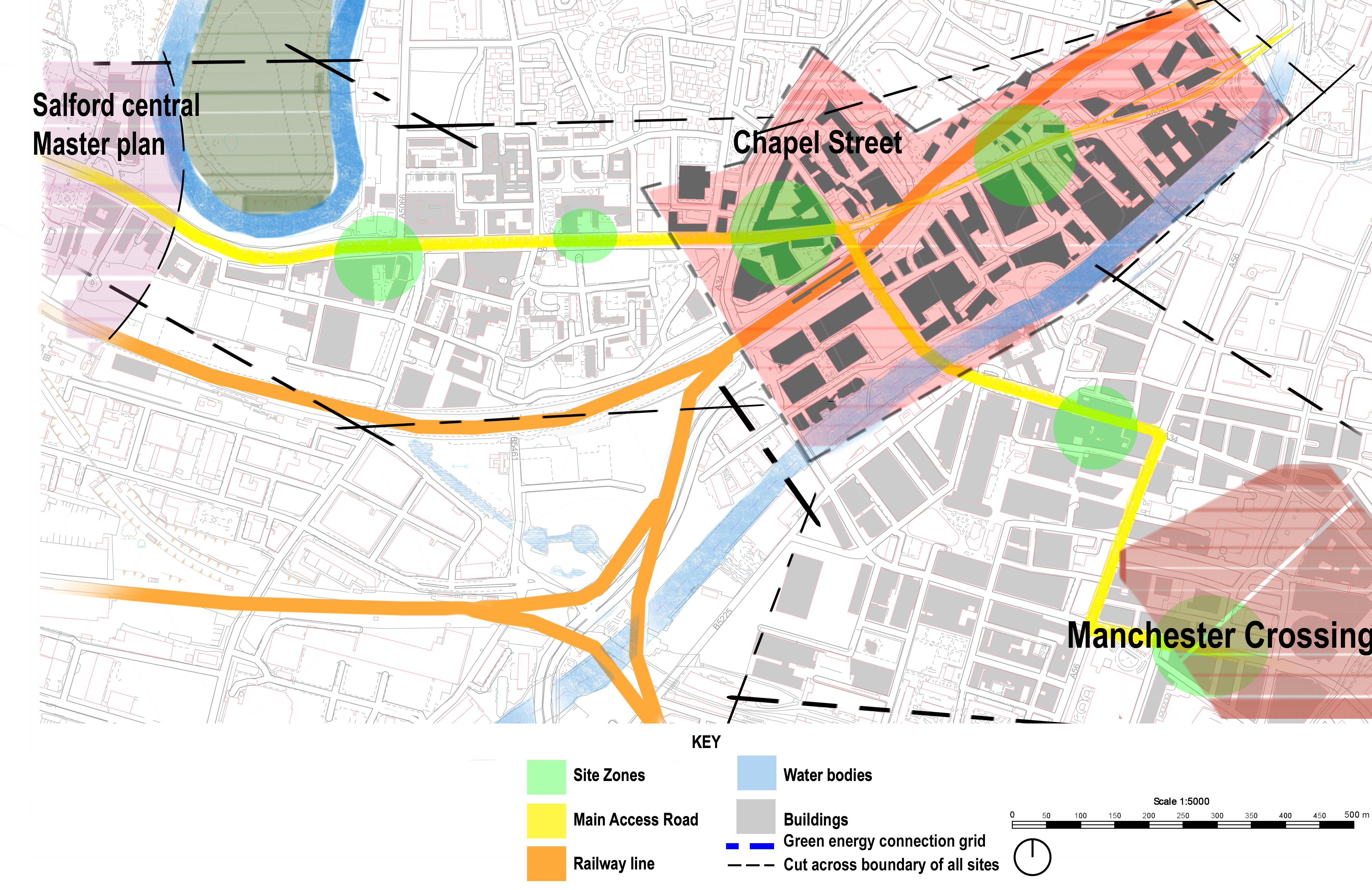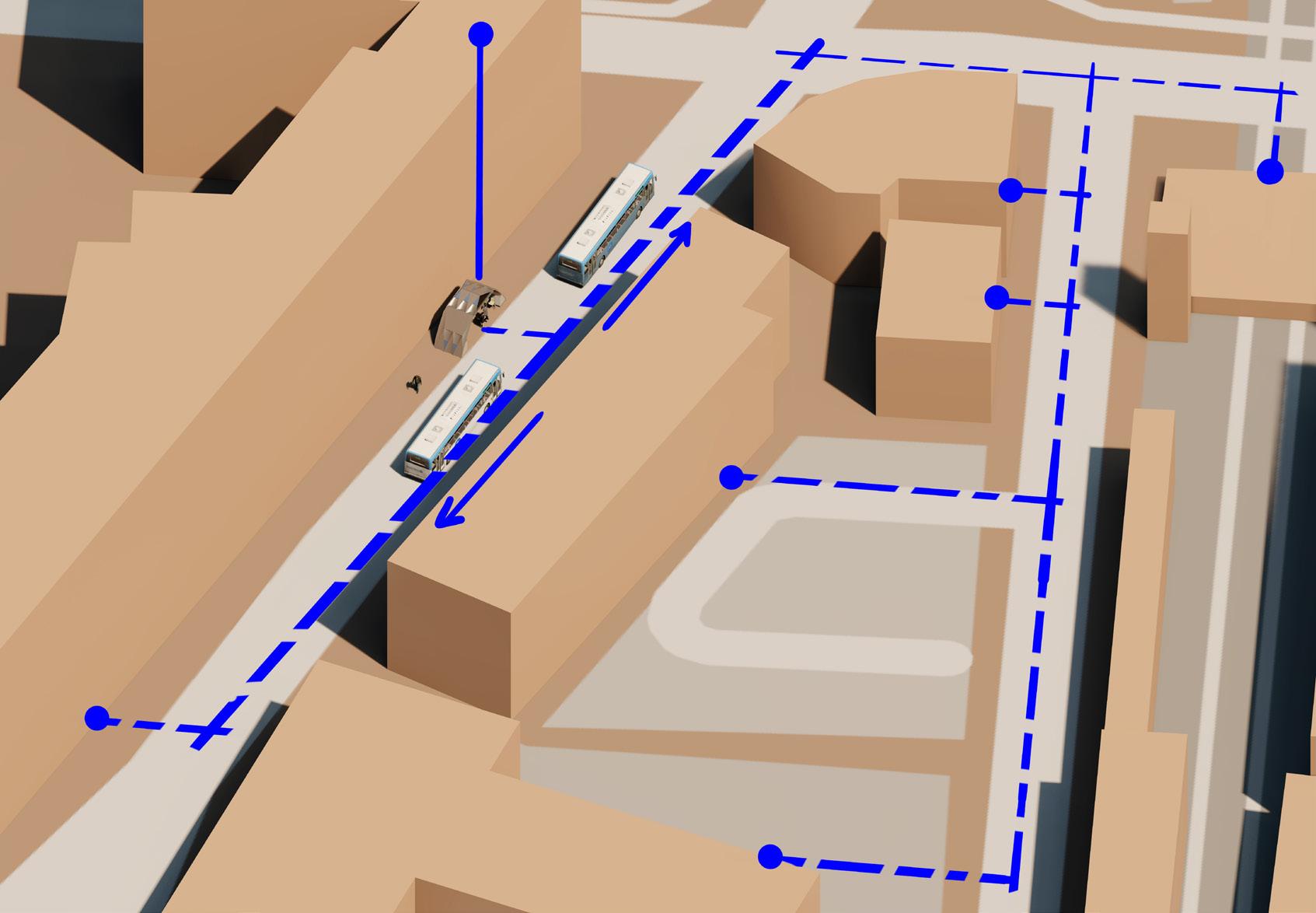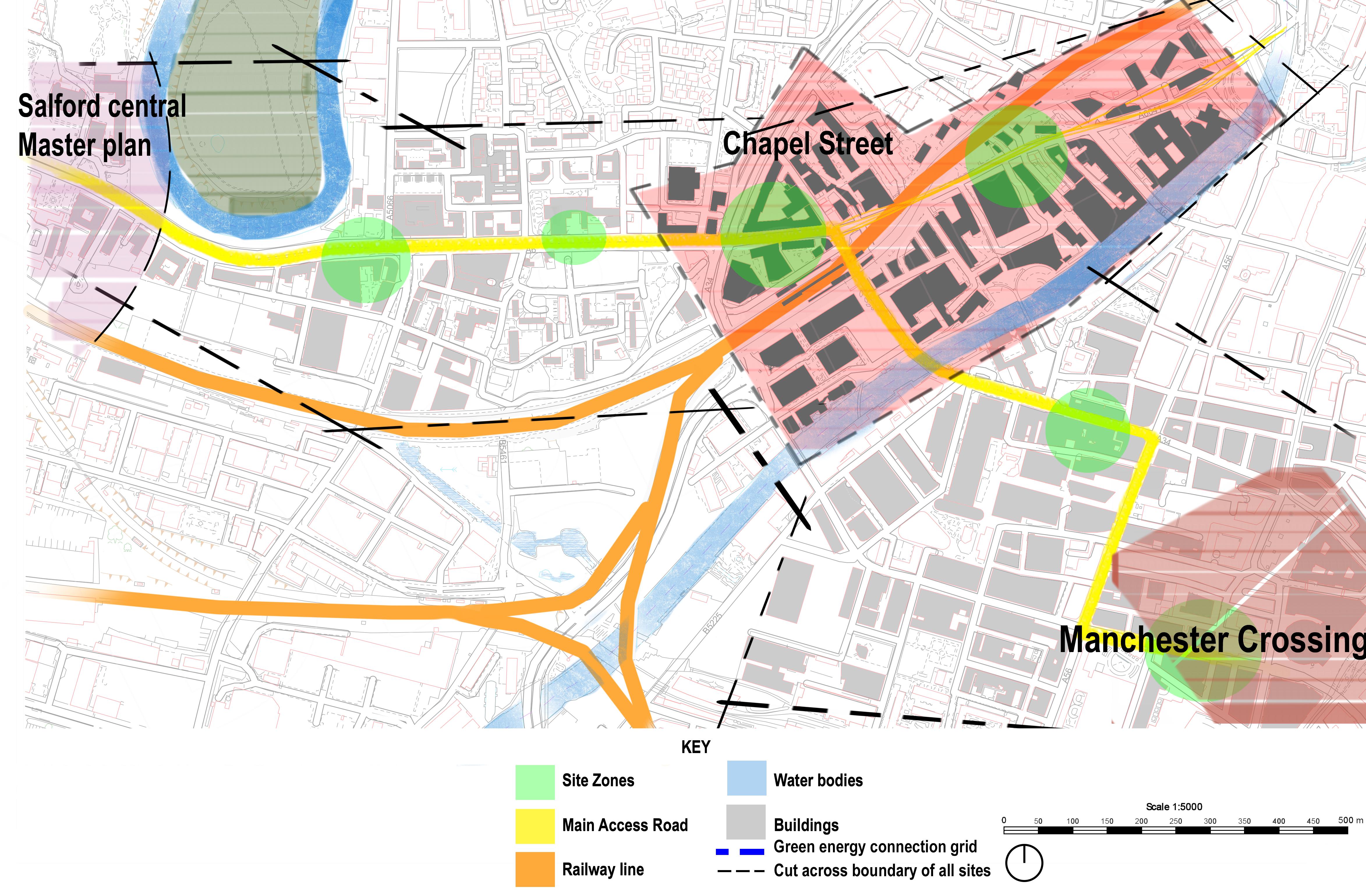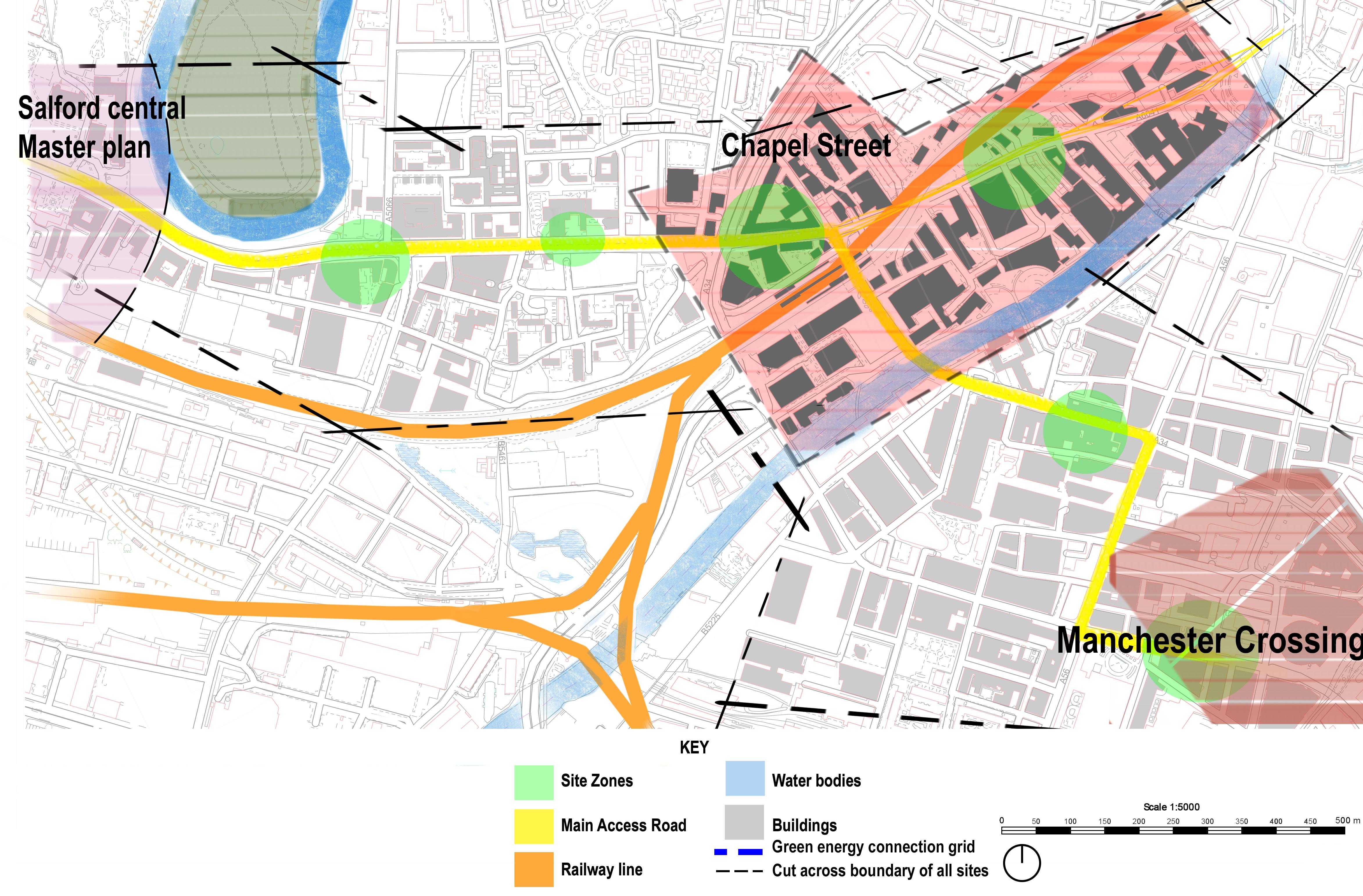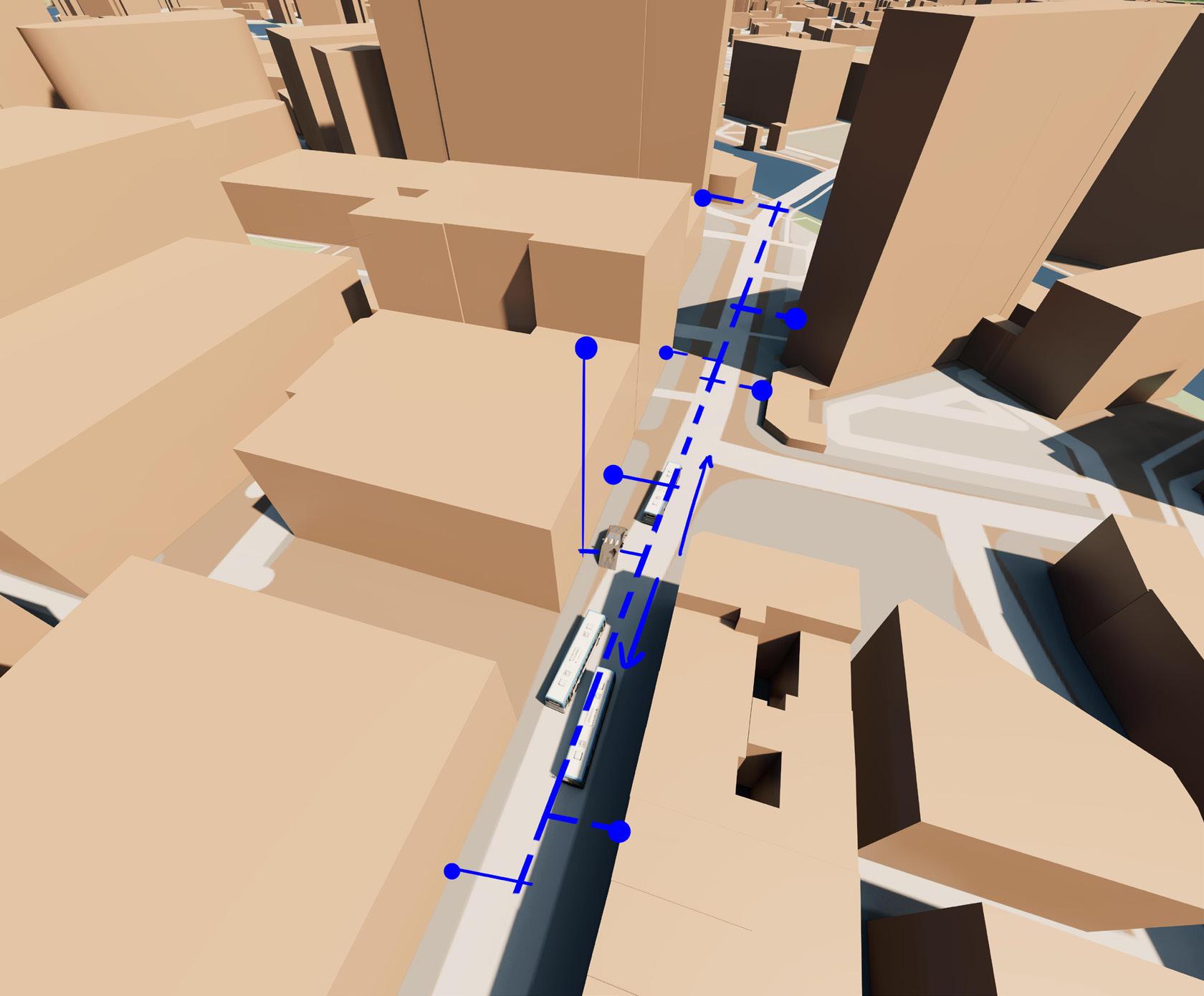Thinking of the City as a Project



Thinking of the city as a project is a way of applying necessary skill sets and basic understanding a range of aspects such as theory to integrate the fundamentals into a design context of a larger complex design project.
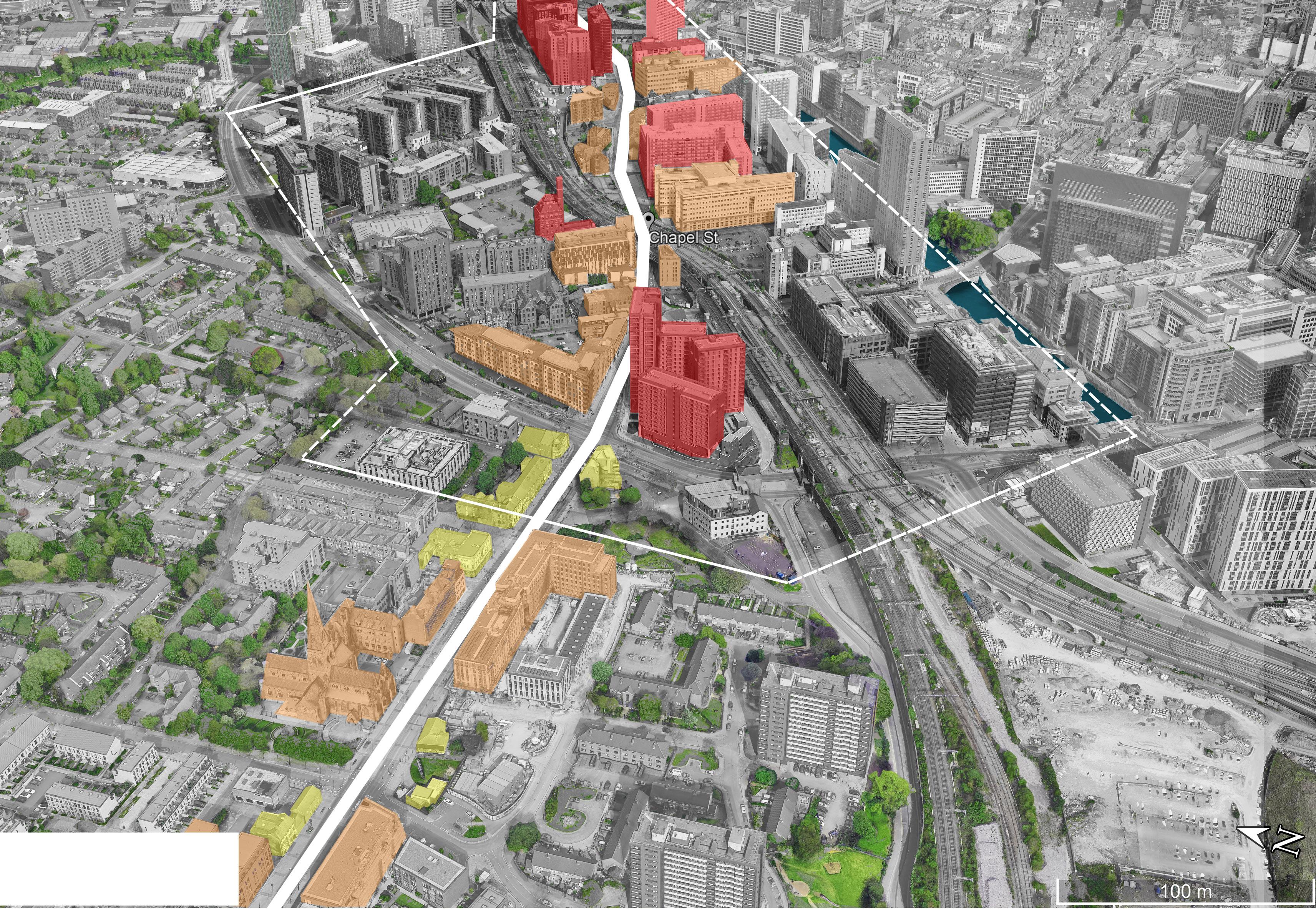
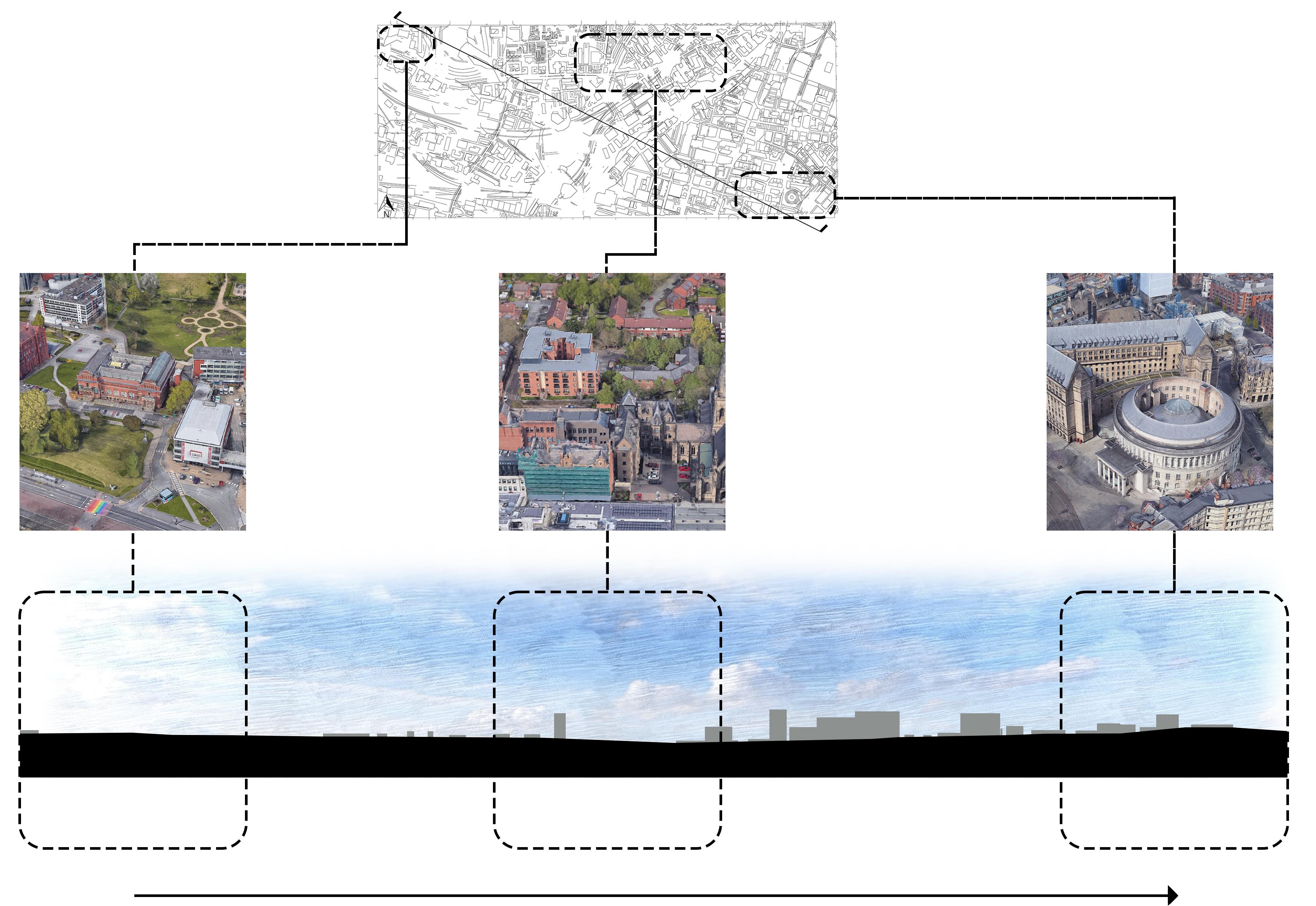

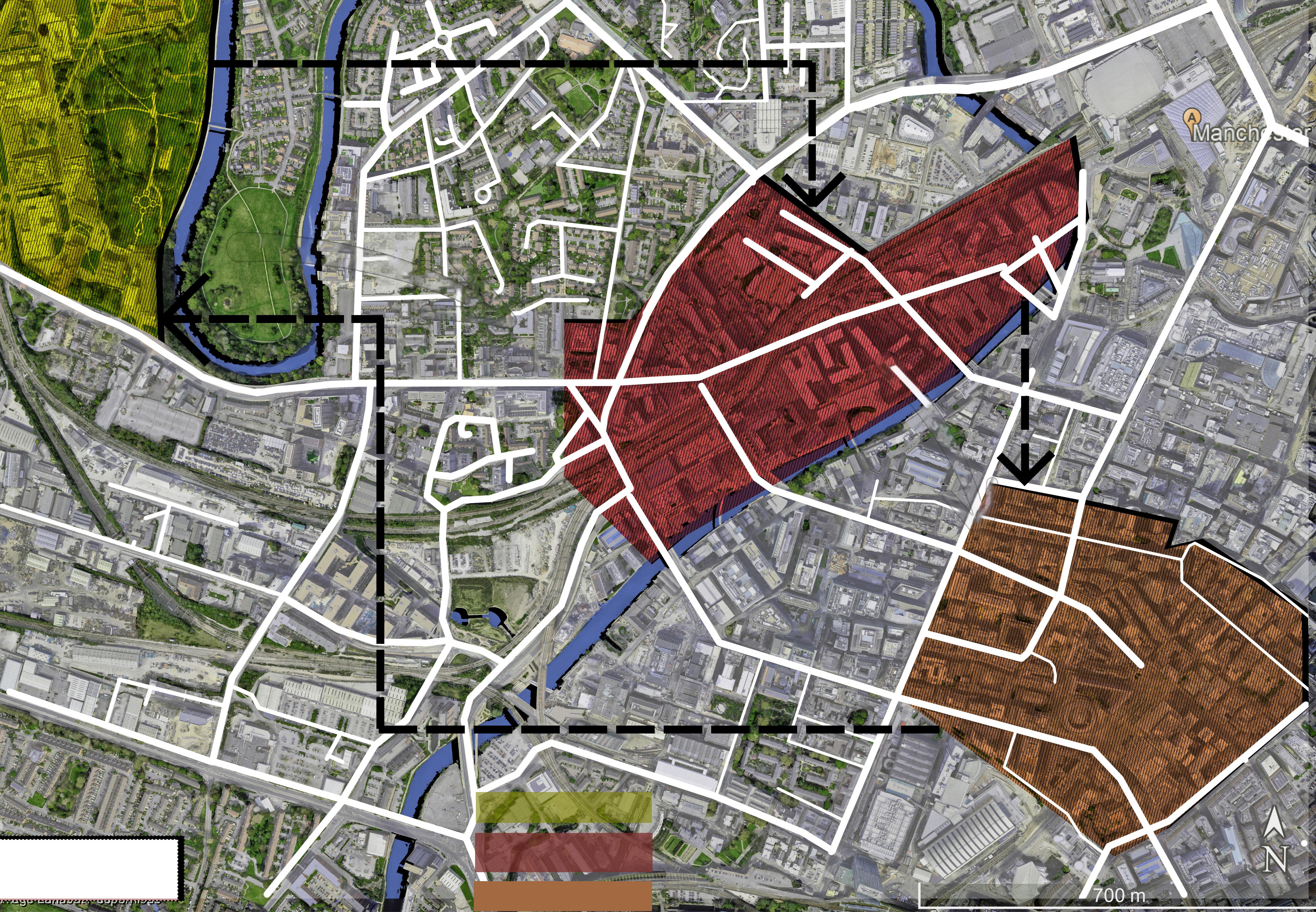


There are few buses and a low volume of people at bus stops. However, the use of private modes of transportation is common which can be attributed to strong winds.



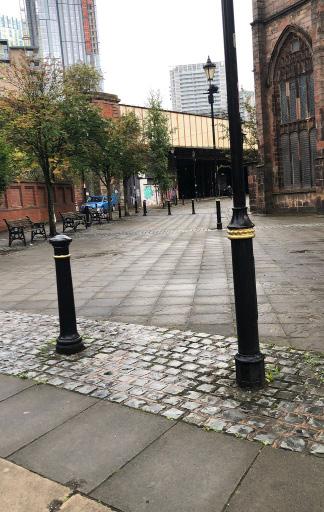
https://youtube.com/shorts/o023VTheohc?fea ture=share
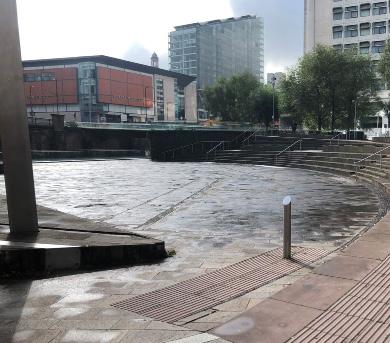 Public gathering spaces left deserted in the mid and end sections of chapel street.
Public gathering spaces left deserted in the mid and end sections of chapel street.
Chapel street is generally surrounded by high rise buildings that are mostly residential at higher levels and and commercial at the lower level topped with a high traffic flow and low rate of human movemnet both at peak and off peak hours. A factor attribute to this observation is the formation of a wind corridor formed by high high rise that opens up at both ends of the street worth investi gating.
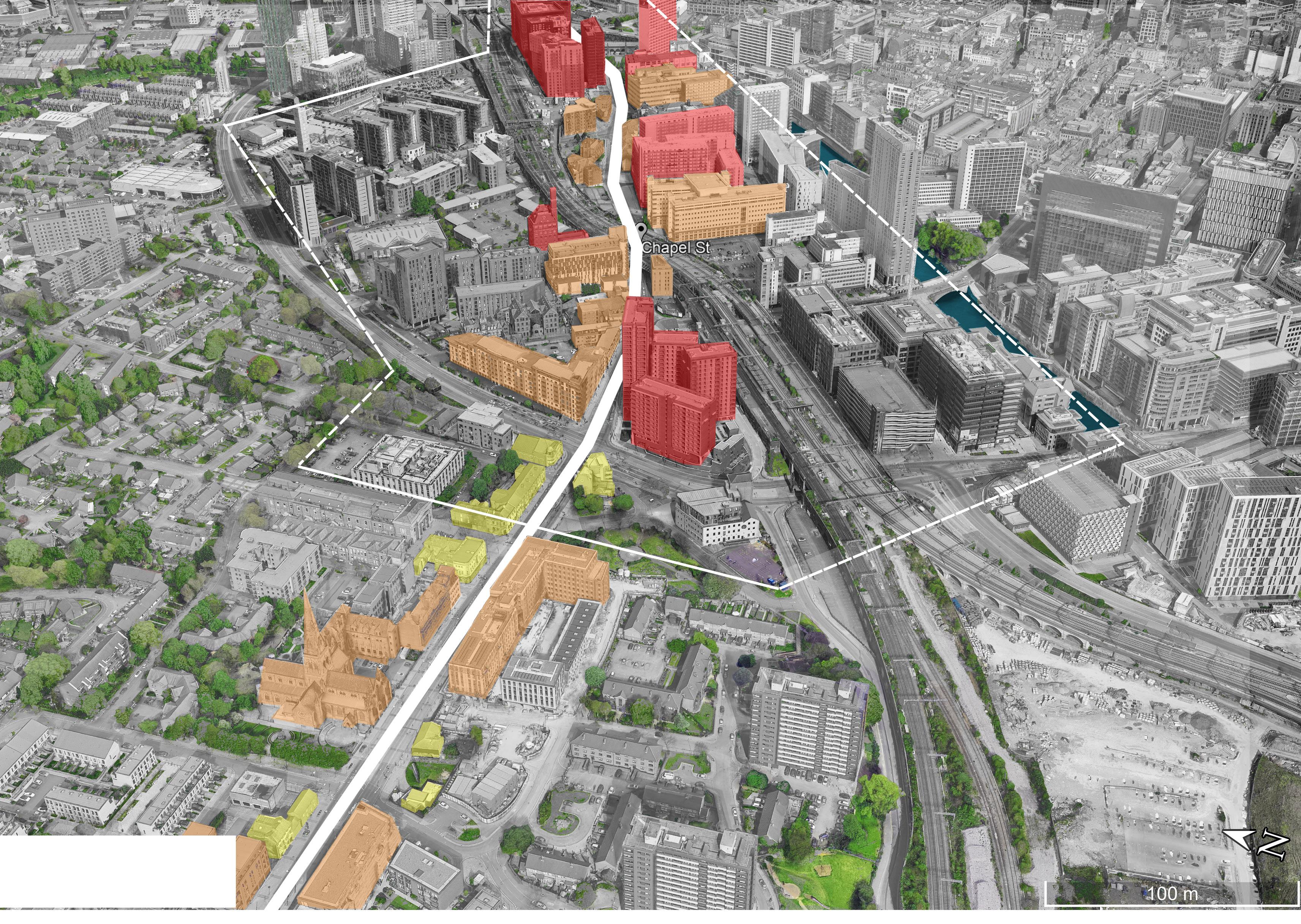
A City in Motion depicts how the influence of climate affects a high modernised city over a period of time. This is vividly experienced with the decline of life that was once pres ent . Cold harsh winds and harsh weather hinder the movement on the streets. Buildings been blown away and hardly can any plant life be observed within the frame.

The artefact depicts the effects of the built environment on the natural environment through the elimination of natural elements that help disrupt fast-moving wind and the creation of wind corridors in a city resulting in low human social activity at the street level.

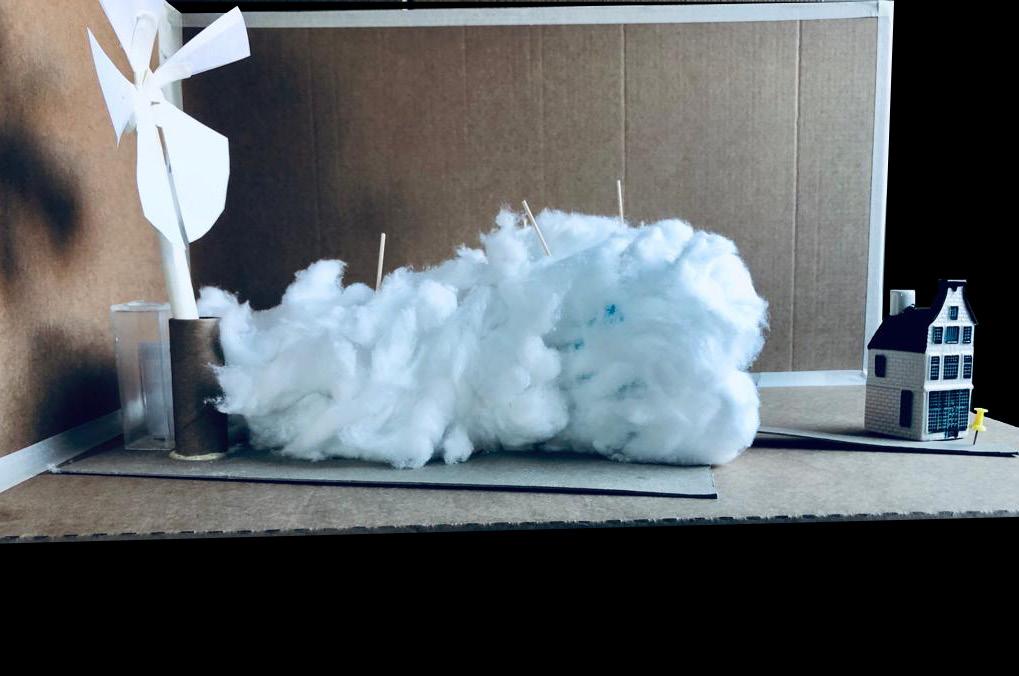



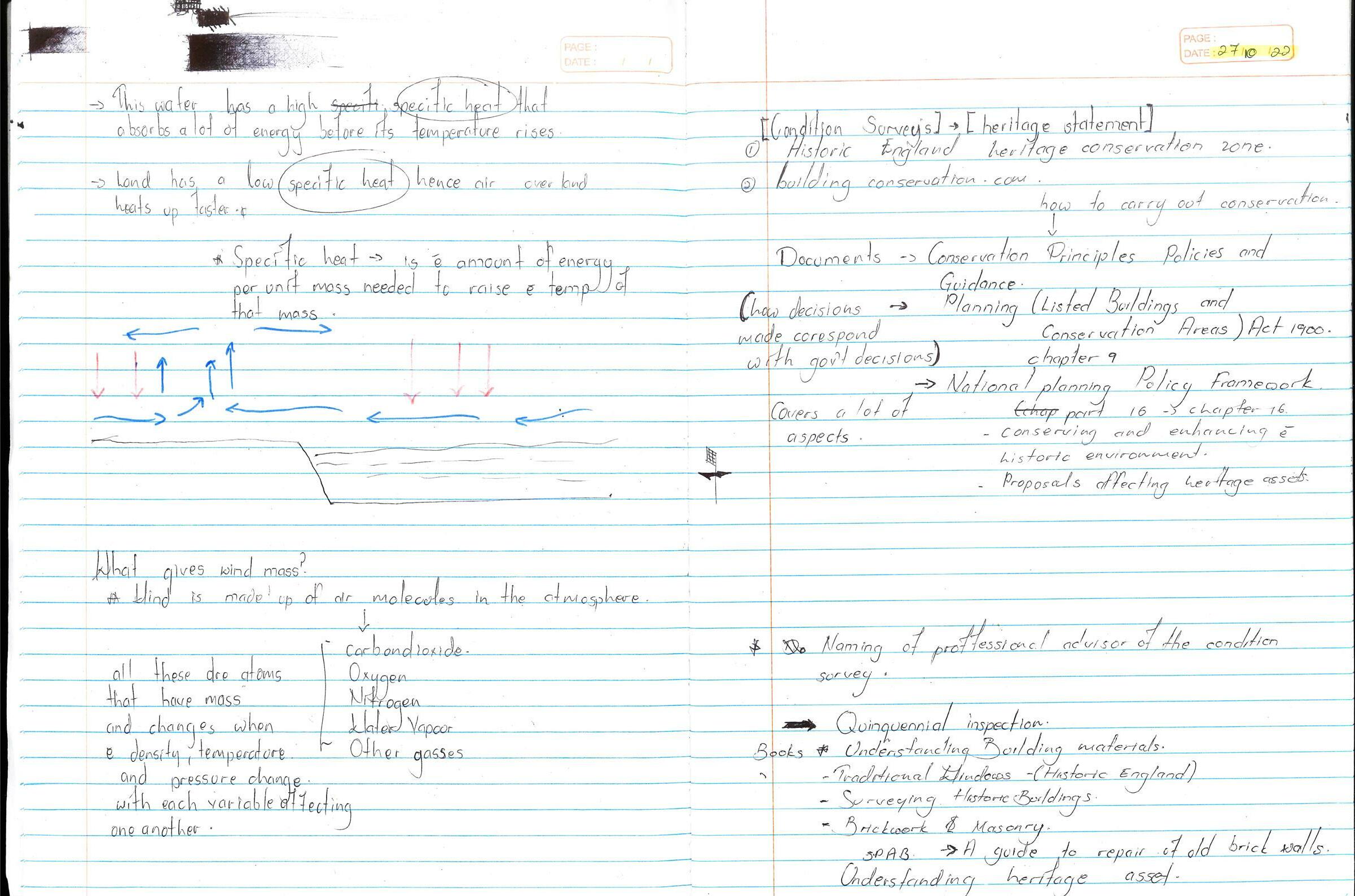
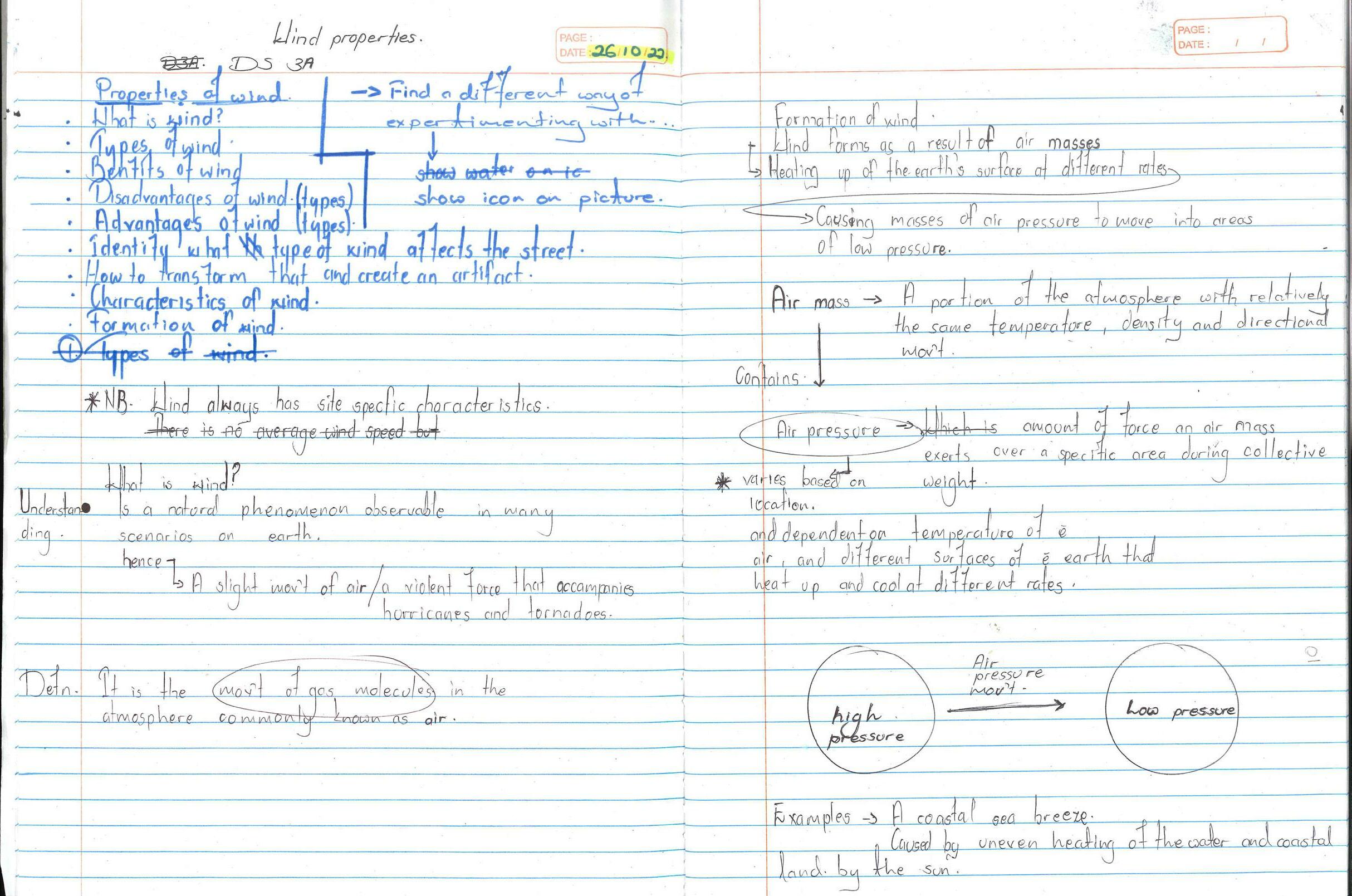
Wind is a natural phenomenon seen in various settings on Earth. Wind can be felt as a gentle breeze or a powerful force accompanying hurricanes and tornadoes. What is wind, according to science? Wind is the movement of gas molecules in the atmosphere, also known as air. However, there are several different wind meanings. Such as wind can be defined more broadly as the movement of any gas. In the urban and natural context, wind refers to the direction of air in the atmosphere.
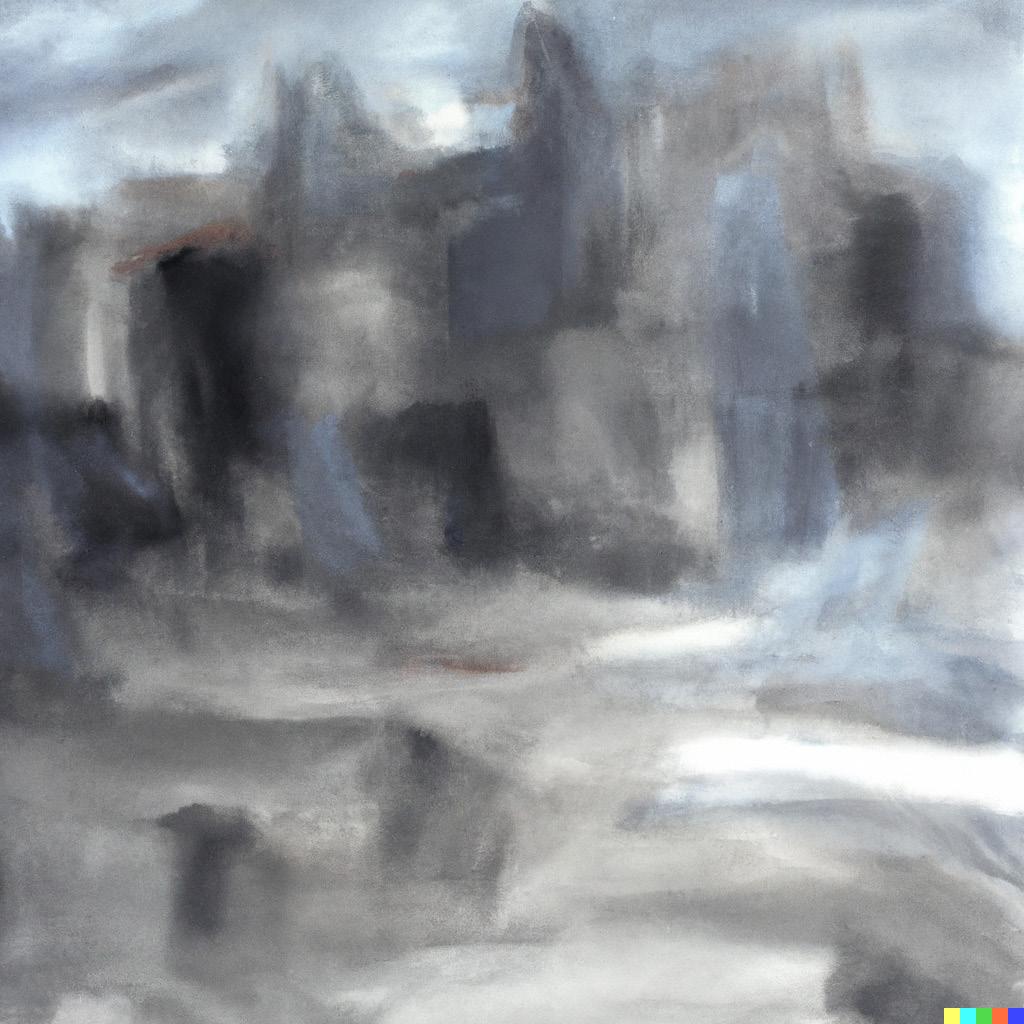


In urban landscapes, aero dynamics are often influenced by the nature of sur rounding buildings (Short, medium, tall). Therefore, resulting in variations in wind motions both at street level and above street level (10m above ground). However, street-level wind speeds often increase due to various forces, such as down-wash from high-rise buildings and vortices from buildings with sharp angles (nearly 90 degrees). The result is often reduced human activity at street level due to the unfavourable living conditions with winds above 10km/hr, which varies from chapel street wind speeds that average 19km/hr.

Wind movement in a cold free environment.
Wind within a cold free environment moves rapidly whilst rising faster than in a hot/warm atmosphere.
https://youtu.be/0gBEvWIKkB8


Wind movement in a warm/hot free environment.
Wind within a warm free environment moves slower as compared to a colder atmosphere with a tendancy to remain settled (slow rate of rising).
https://youtu.be/dosCv8zecxI
Wind motion in a cold environment with obstacle interfernce.
Wind in a cold environment moves at a faster rate due to the less resistance from surrounding air particales causing it to have a faster impact on an obsatcle as compared to a warmer environment.
https://youtu.be/STVutazWMXY
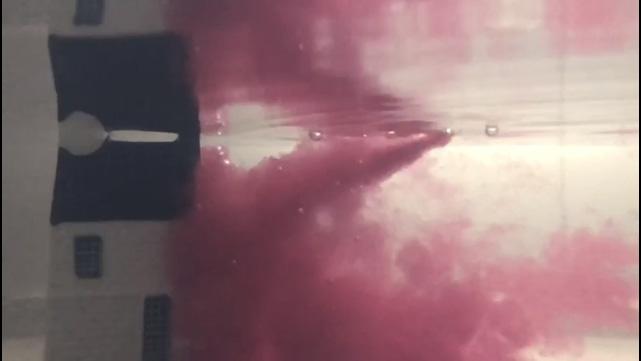
Wind motion in a warm environment with obstacle interfernce.
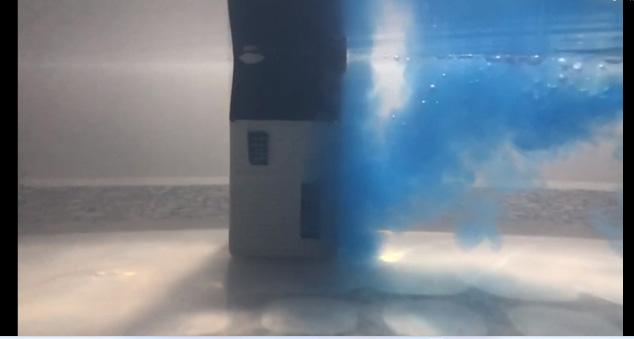
Wind in a warmer environmet moves at a slower rate due to high level of resistance from surrounding air particles causing it to have a slower impact on an obstacel as compared to a colder environment.
https://youtu.be/EThNbFOcsrE
Arial observation of wind motion in a corridor. In a closed of area or wind the demonstration shows illustrates how a corridor helps direct wind to the nearest out lets. However, given the nature of the corridor made from high rise structures the wind is mainly consetrated inthe corridor and is pushed through the outlets therefore leaving the corridor exits vulunera ble/ exposed to wind gusts.
https://youtube.com/shorts/iwTnSBI0wo8
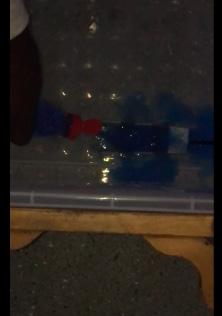
Before and after effect of wind motion in a cold environment.
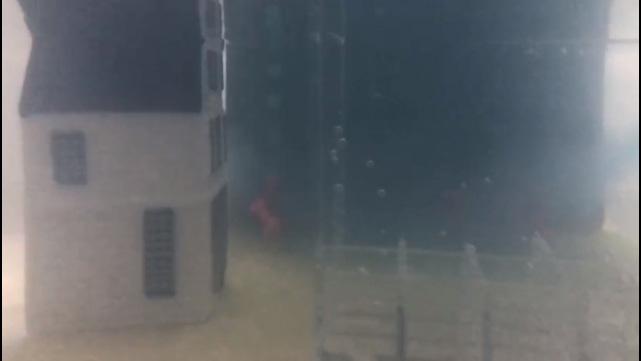
Given that cold wind is unfavourable to the experiment demonstrates factors that hinder socailism in a cold environment with the use of pins as a representation of people surrounded by obsatcles or structures that make up a wind corridor.
https://youtu.be/wYjrHN7gfGs
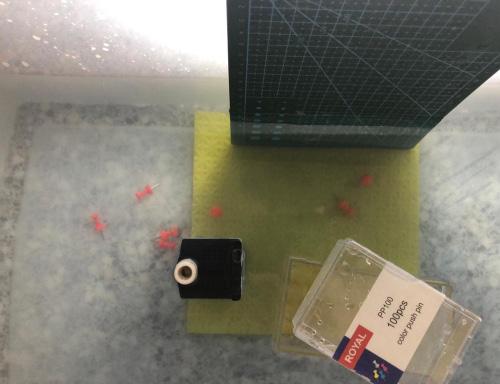
The intervention’s rationale is to address the issues encountered along Chapel Street, precisely wind inversion, and to increase human socio-involvement at street level such as;
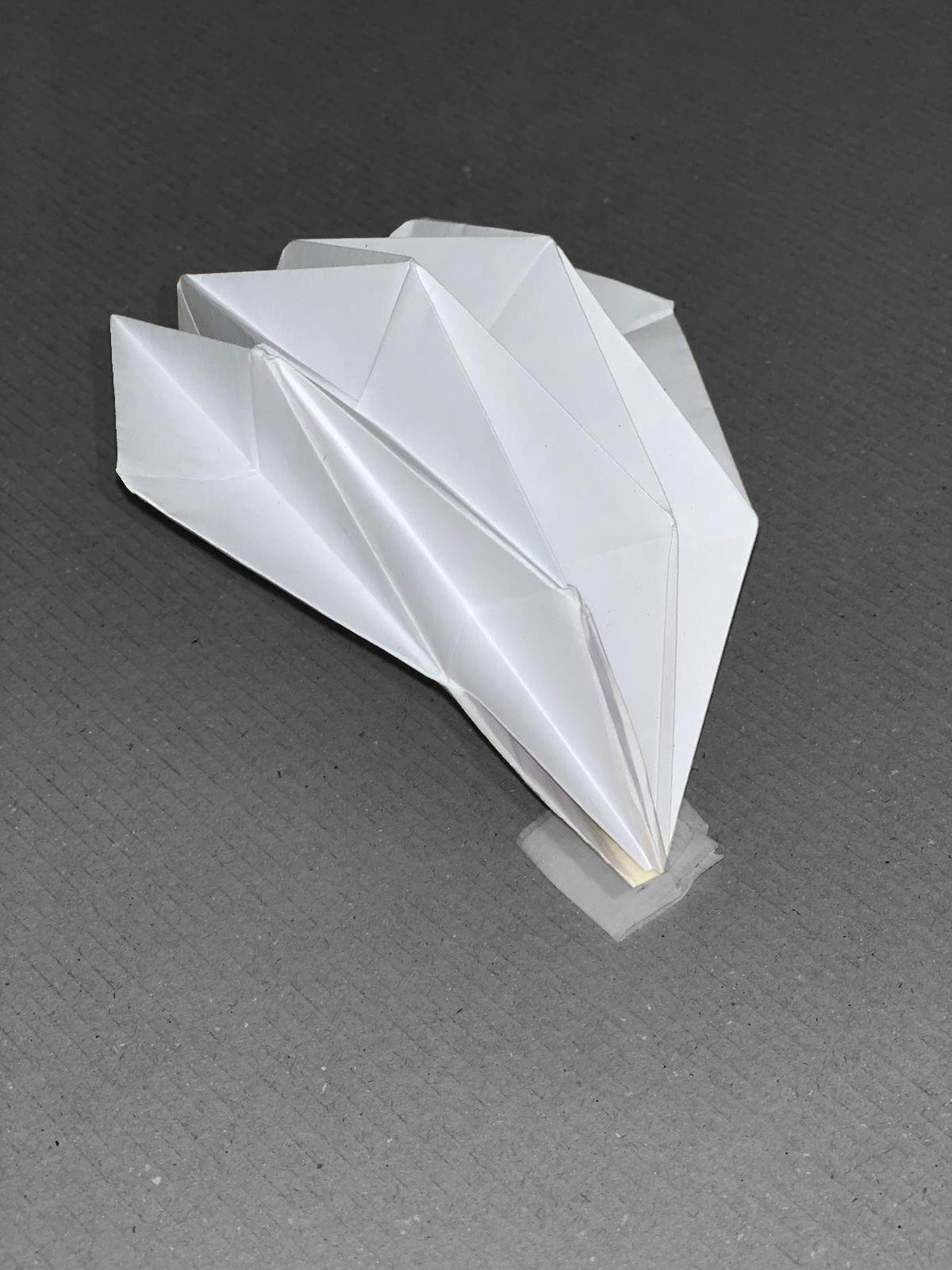
• use of lanscaping

• use of natural structures
• utilisation of building forms and various shapes ie large podiums, recessed cor ners, rounded corners and building massing.
Trees and hedges planted in a variety of straight lines can be effective at preventing down-wash. Pergolas or green canopies may also be equally ef fective in reducing C02 emissions from the surrounding. However, during the appropriate season, the foliage provides an appealing scenery, given that reasonable care is taken into consideration.

In addition to being aesthetically pleasing, hedges or trees scattered throughout a space reduce horizontal wind acceleration at the ground and elevated lev els. Trees also provide the added benefit of reduced wind acceleration around building corners and downdraughts from facades as a design intervention.
The size and position of the canopy/masses required are heavily influenced by the location and size of the building. They are not typically suitable for direct wind exposure, wind funnelling between buildings, or wind accelera tion around building corners. They are, however, ideal for redirecting wind in a specific area as a design intervention.


The design iteration process involved using a complexity of various folding techniques to provide a unified solution to Chapel street.

The iteration process focuses on the promotion of public transportation as a strategy to create an awareness of the low volume of public social interactions whilst reducing thecarbonfootprintproducedalongChapelstreet.Therefore,providinganalternativesourceofgreenrenewableenergyintheformofabusstopthatgeneratesclean,renewableenergy.

The concept considers various urban city wind interventions and com bines them to create more sustainable living conditions at the street lev el.
The bus stop captures wind, converts it into energy, and feeds it back into the energy grid. This is primarily accomplished by increasing its aerodynamic efficiency as it opens up during strong winds along Chap el Street, reduces downdrafts and redirects wind from the street level, making it habitable for human socio-outdoor activity. In addition, using the bus stop as a folly adds character to the street by changing how it operates by providing a welcoming point to large crowds.
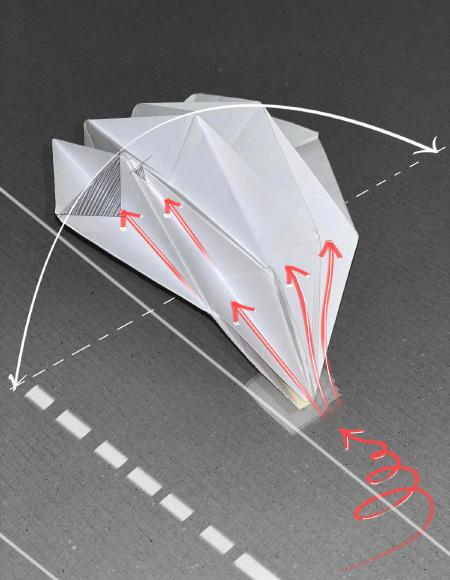
As an added benefit, the bus stop can retract to allow the smooth flow of ventilation along the chapel street. This, combined with the use of lightweight materials, promotes ease of mo bility, increasing flexibility along the street to be adaptable and used at different locations along chapel street.

The further design development attempts to ensure the bus stop’s functionality whilst con sidering external factors such as human motion around the object, health and safety and last but not least, the integration of available technolo gy into the design process to enhance aesthetics and functionality.
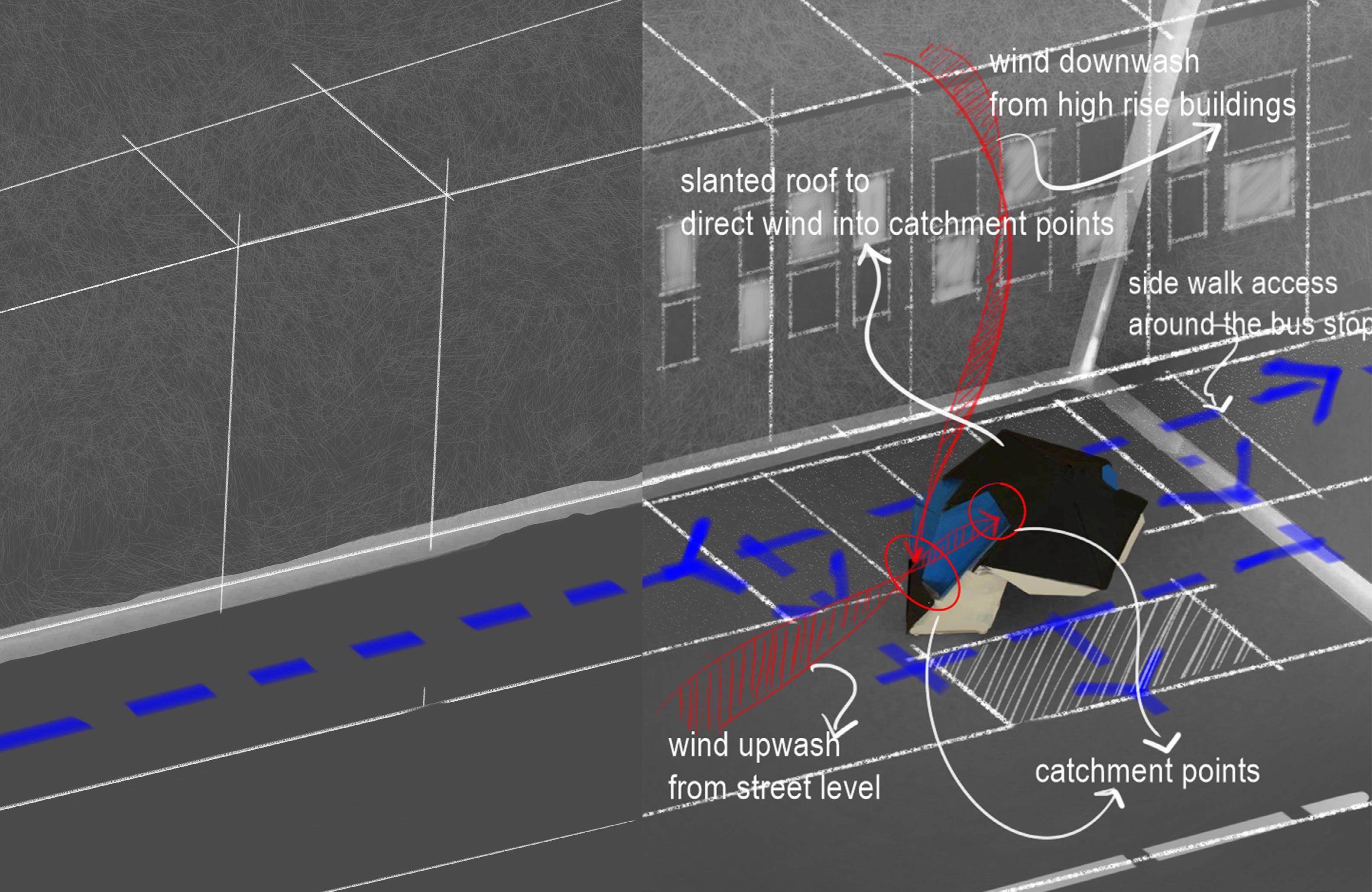
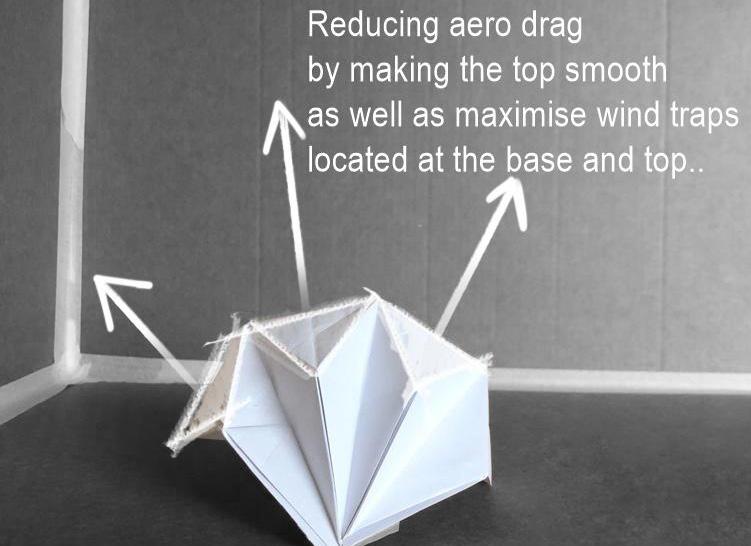
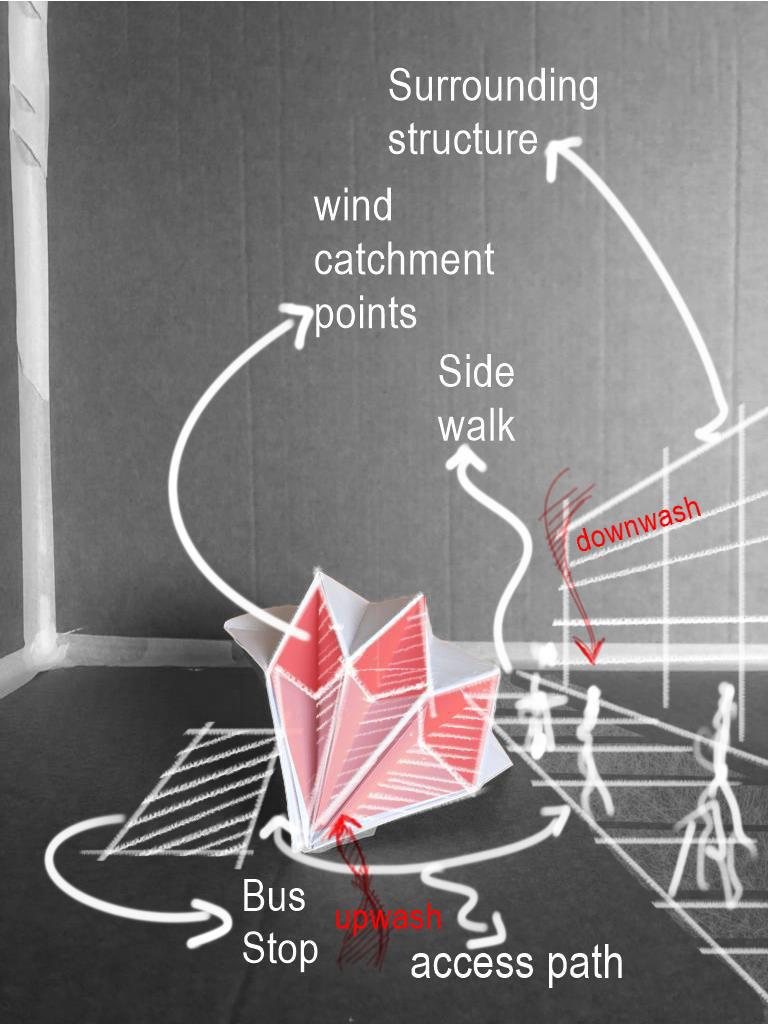
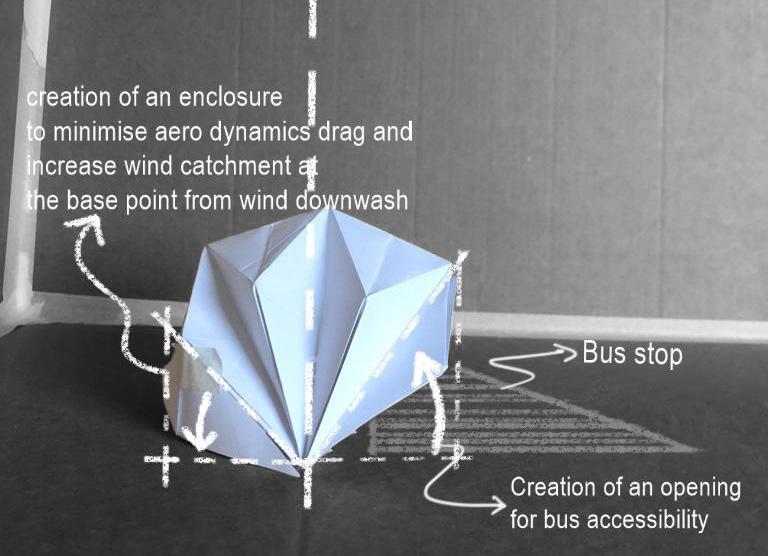
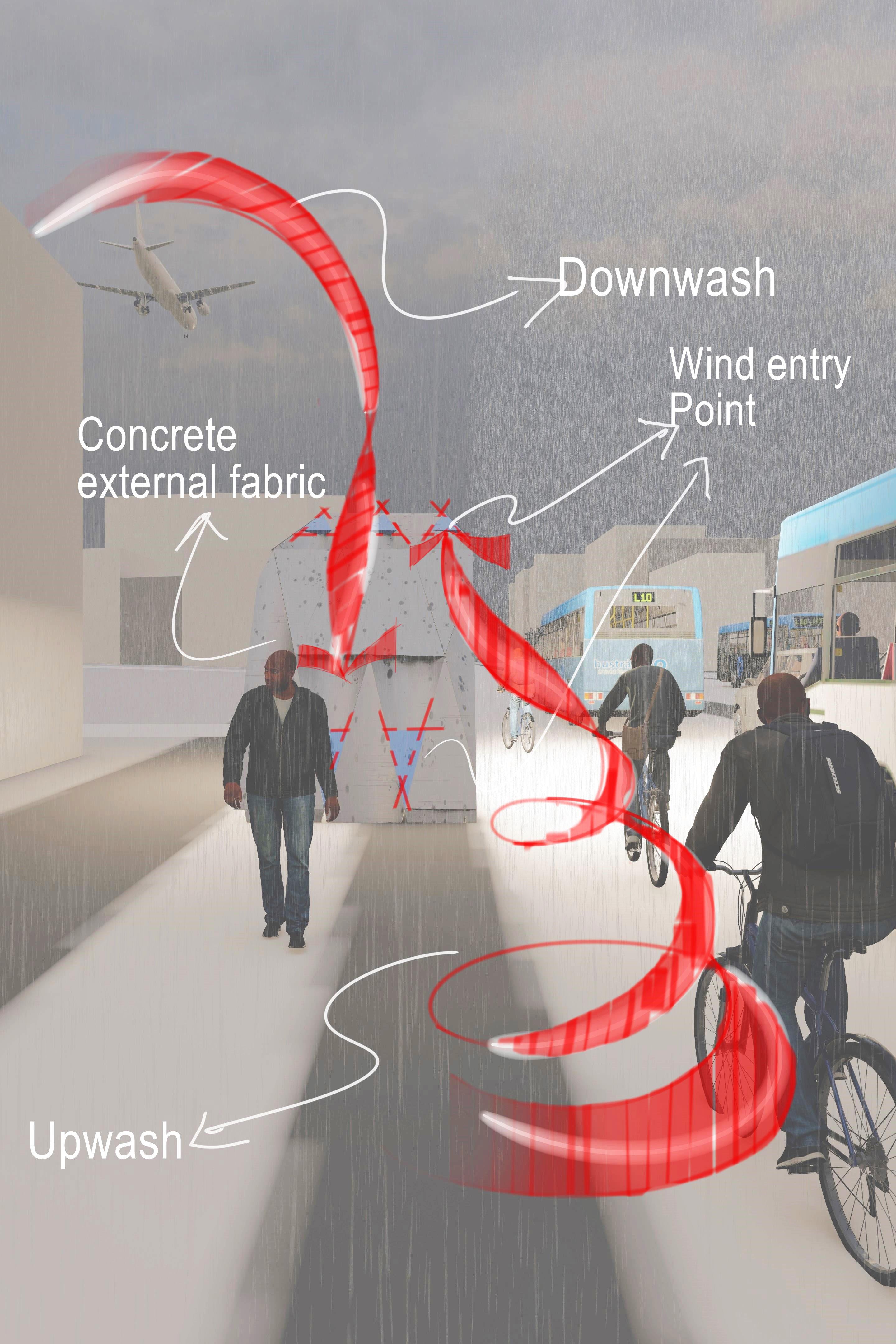
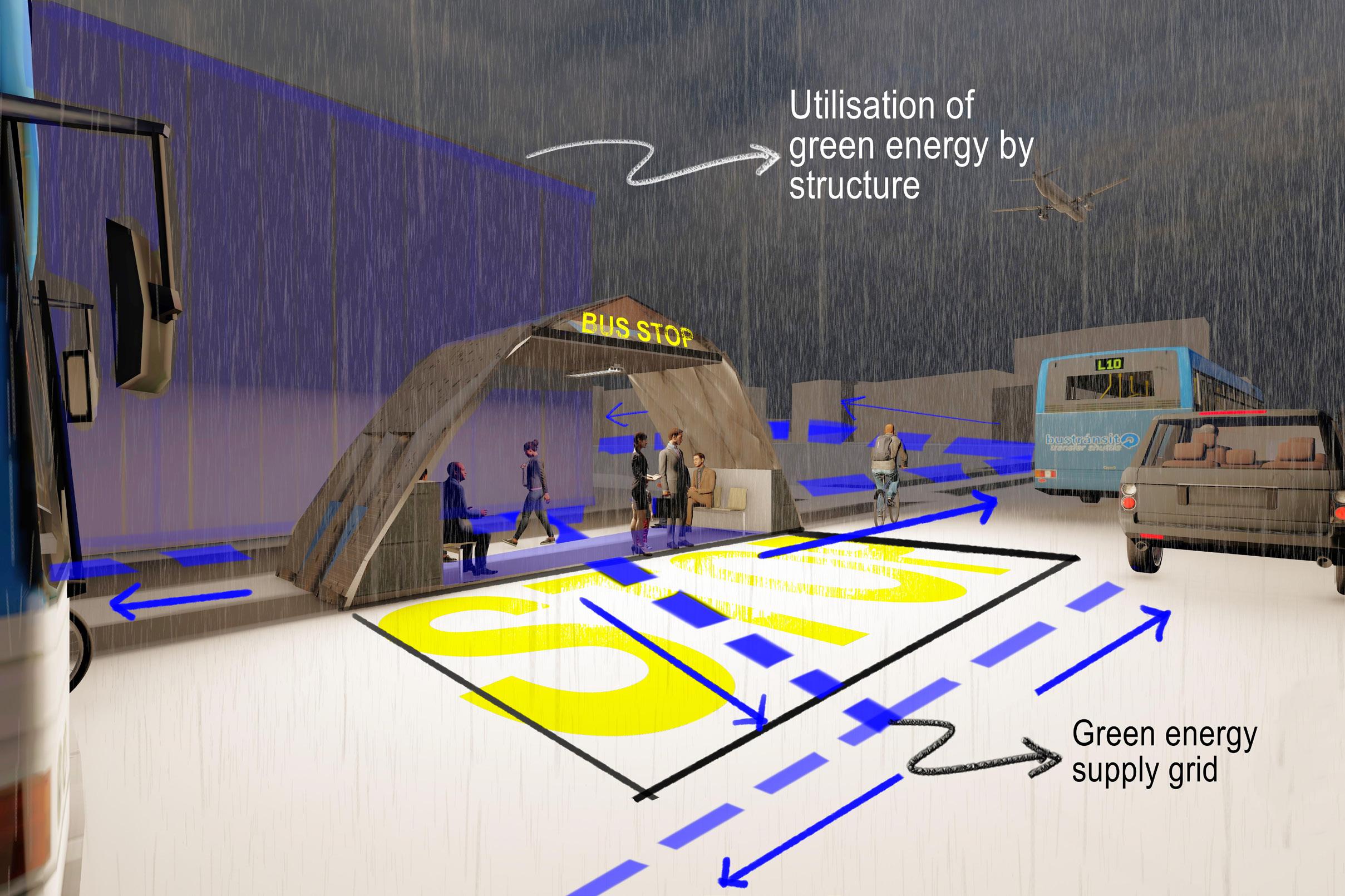
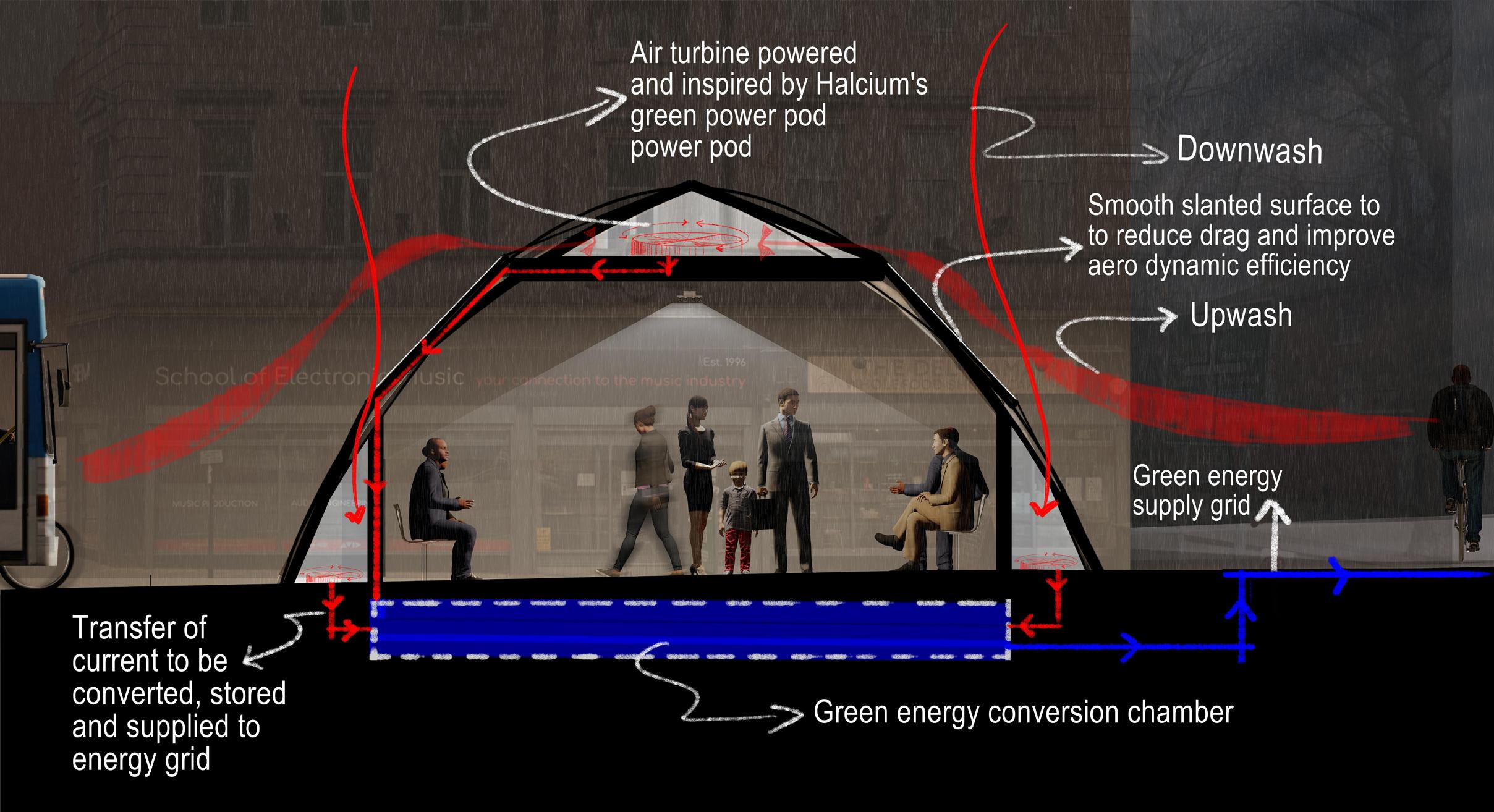
Image by Halcium Energy, 2022. (https://www.halcium.com/)
Image modifed fromHalcium, 2022. (https://www.halcium.com/)
The power pod is a green energy project by Halcium designed for urban city centres and homes. Though still in development, the power pod provides an environmentally sustainable solution to green energy with the potential to generate three times more power than a typical wind turbine.


Mavel. C. (2021). Isthisthe‘safest,mostpowerfulwindturbineintheworld’? . https://www.euronews.com/ green/2021/04/06/could-this-be-the-safest-most-powerful-wind-turbine-in-the-world?jwsource=cl

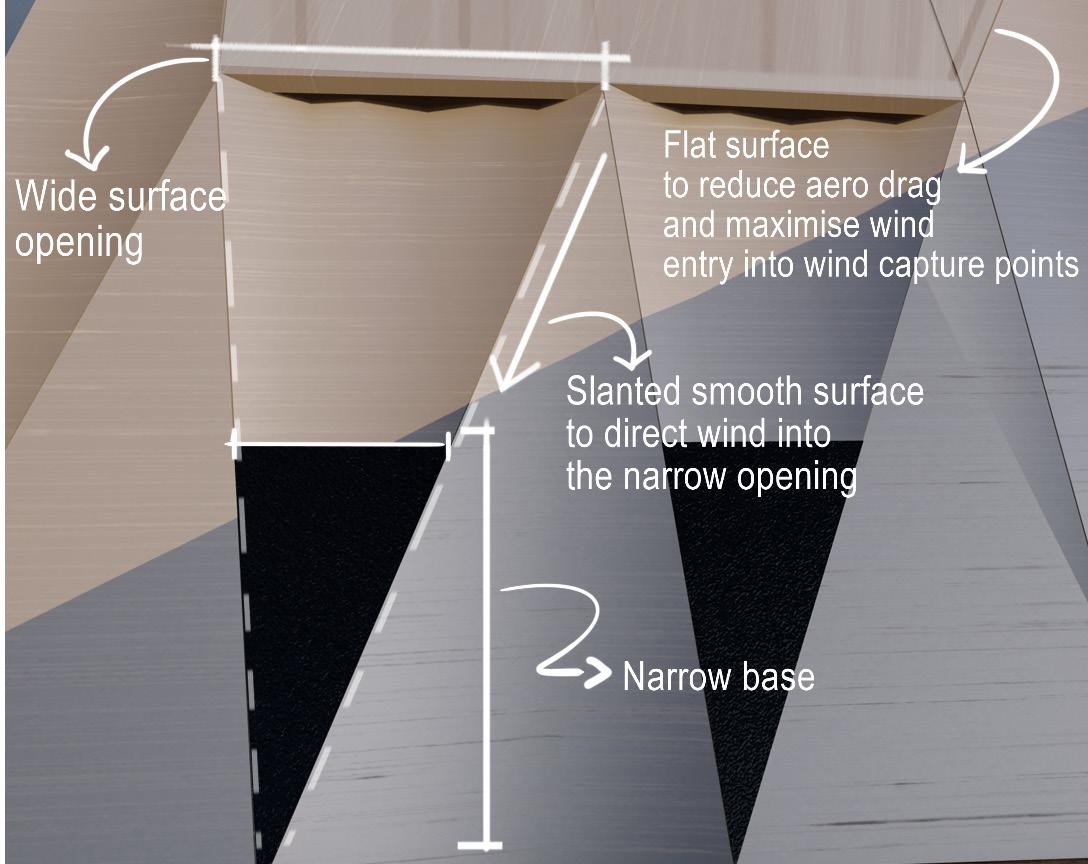
Lightweight concrete provides a cost-effective solution for construction with little to no compromise on structural strength. With efficient ther mal properties and high levels of water resistance, lightweight concrete provides an efficient notion for use in the project, with durability as a bonus.

• Stainless steel contains chromium which is highly resistant to rust. Stainless steel, combined with its lightweight, elastic properties, makes it suitable for construction and an alternative to the bus stop green structure.

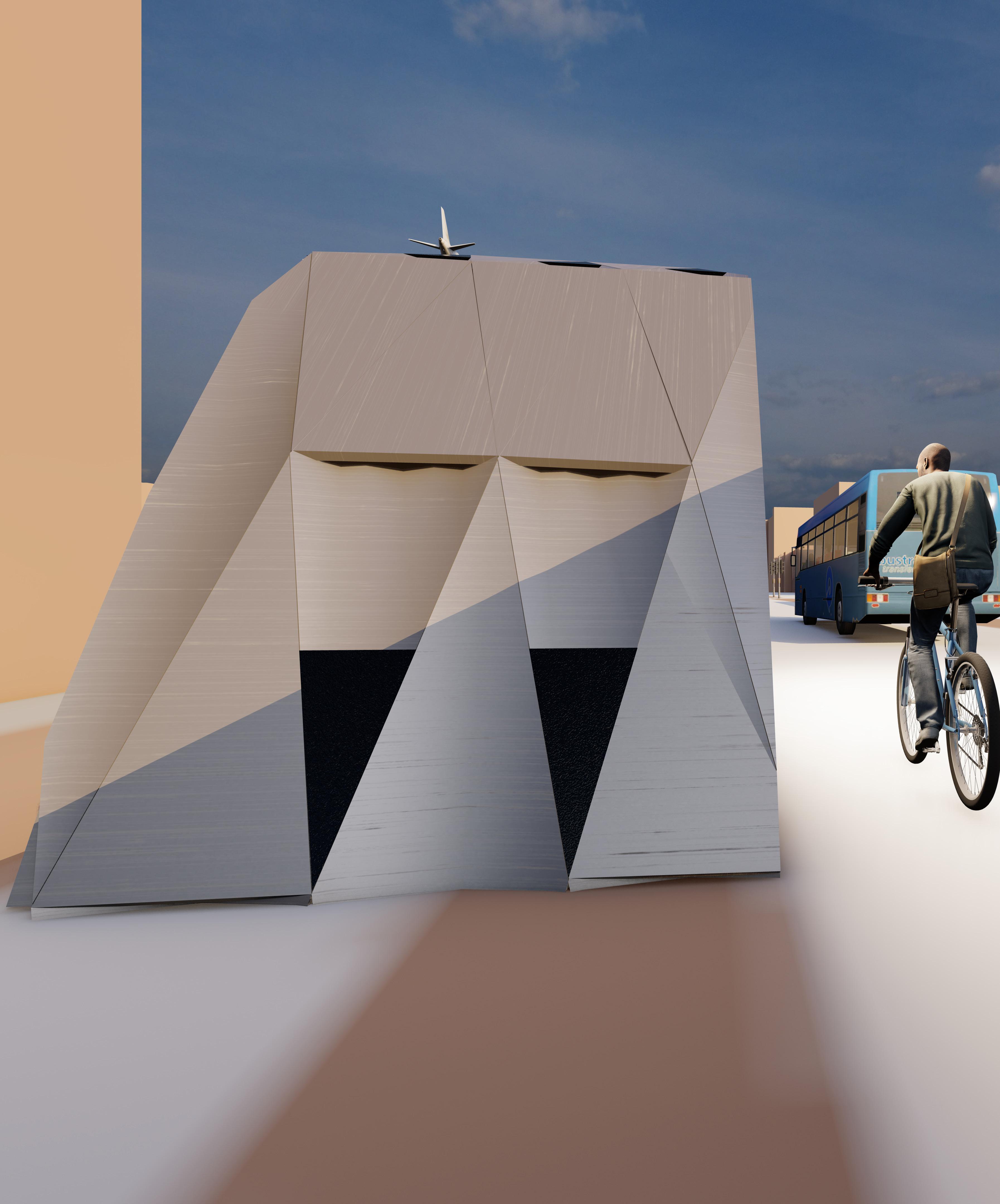
Following the site analysis findings, the project design intends to link the Salford Crescent masterplan, Chapel Street, and the Man chester crossing. It connects the three areas mainly by integrating a green electrical grid into the urban fabric, providing an alternative to clean, affordable energy consumption for homes and businesses. As a result, the project easily paves the way for expanding the Salford Crescent masterplan to chapel street and Manchester crossing.

However, this provides an opportunity for future projects to be established in various ways in line with technological pro gress to achieve different sustainable goals. Such as an inno vative technological hub for the local community prioritising public transportation to reduce carbon emissions and outdoor social interaction and engagement to improve mental health.
As a built manifestation of the activity carried out, the in tent is to create innovative spaces for local communi ties along and around Chapel street in the next project to be carried out. That places sustainability at the forefront but with a primary role of improving mental well-being among various people in an actively engaging environment.
As demonstrated by the level of influence shown in the activity, that could be achieved with the bus stop if implemented along Chapel street as the primary site.
The map above demonstrates the areas of impact along Chapel street by the project by marking points based on building heights and low use of public transportation to create and provide clean, renewable energy for urban use. This is because most high-rise build ings are accommodated by businesses at the street level and house residential facilities at higher levels.
